Mercedes-Benz South Africa will introduce the latest C63 AMG into the local market in a matter of days. Before that happens, we’ve been taking a look at the lineage of high-performance, range-leading C-class AMGs. You can read part one of this series by clicking here and part three at this link. Sit back and enjoy the History of the C-Class AMG – Part 2
Follow Double Apex on Instagram and Facebook where we share more car content.
Mercedes-Benz C32 (W203) – The First V6
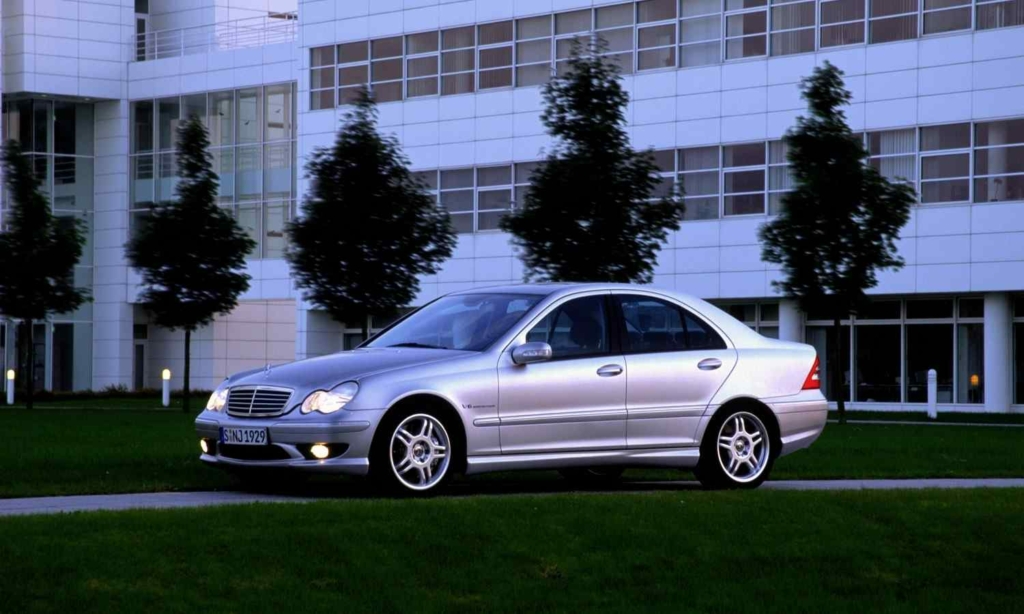
In 2000. Mercedes-Benz introduced the W203-series C-class. The range was led by another AMG. The levels of cooperation had strengthened between AMG and the mothership by this point. The C32 was the first to feature a V6 engine. This was a step back from the V8 of the previous C-AMG.
The compact engine did, however, feature a supercharger. This helped lift power to a healthy 260 kW with 450 N.m of twist action. Torque was directed to the rear wheels through a five-speed automatic transmission. The C32 was pretty quick, too. It could reel off a zero-100 sprint in a shade over five seconds. Flat out it could do 250 km/h.
It would take a real fundi to tell the C32 apart from other C-Classes of the era. Model-specific alloys were a giveaway, as were the exhaust tips and unique front bumper. The cabin, though quite standard, did feature AMG badges on the gear selector and on the seats.
Mercedes-Benz C55 AMG (W203) – Back to V8 Power
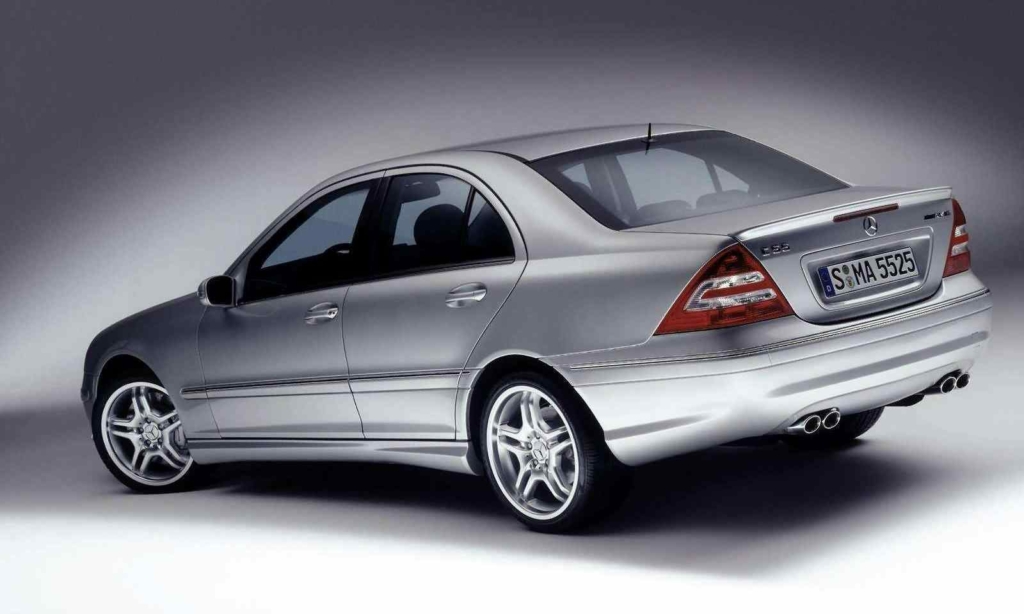
Halfway into the W203’s life cycle came a refresh. This heralded a return to V8 power for the, then, smallest AMG sedan. The power merchants in Affalterbach dropped a massive 5,4-litre V8 into the nose of the C55. The engine was so large that it required a new front end to be grafted onto the performance C.
Look closely and you’d notice different headlamps to its siblings as well as a new grille. Speaking of, the grille was split and the lower part was fixed to the bumper. As a result it did not lift up with the bonnet, which is unique to the C55. 18-inch alloys were adopted as were lowering springs. At the rear was a tiny lip spoiler on the boot lid and a quartet of oval tailpipes.
But the star of the show was the V8. It only produced an additional 10 kW of power over the C32, with a peak of 270 kW. But the peak torque figure swelled to 510 N.m. The same drivetrain was used as the C32. The more powerful version could now sprint from rest to 100 km/h in 4,9 seconds. As a result it was, at the time, the quickest roadgoing C-class of all.

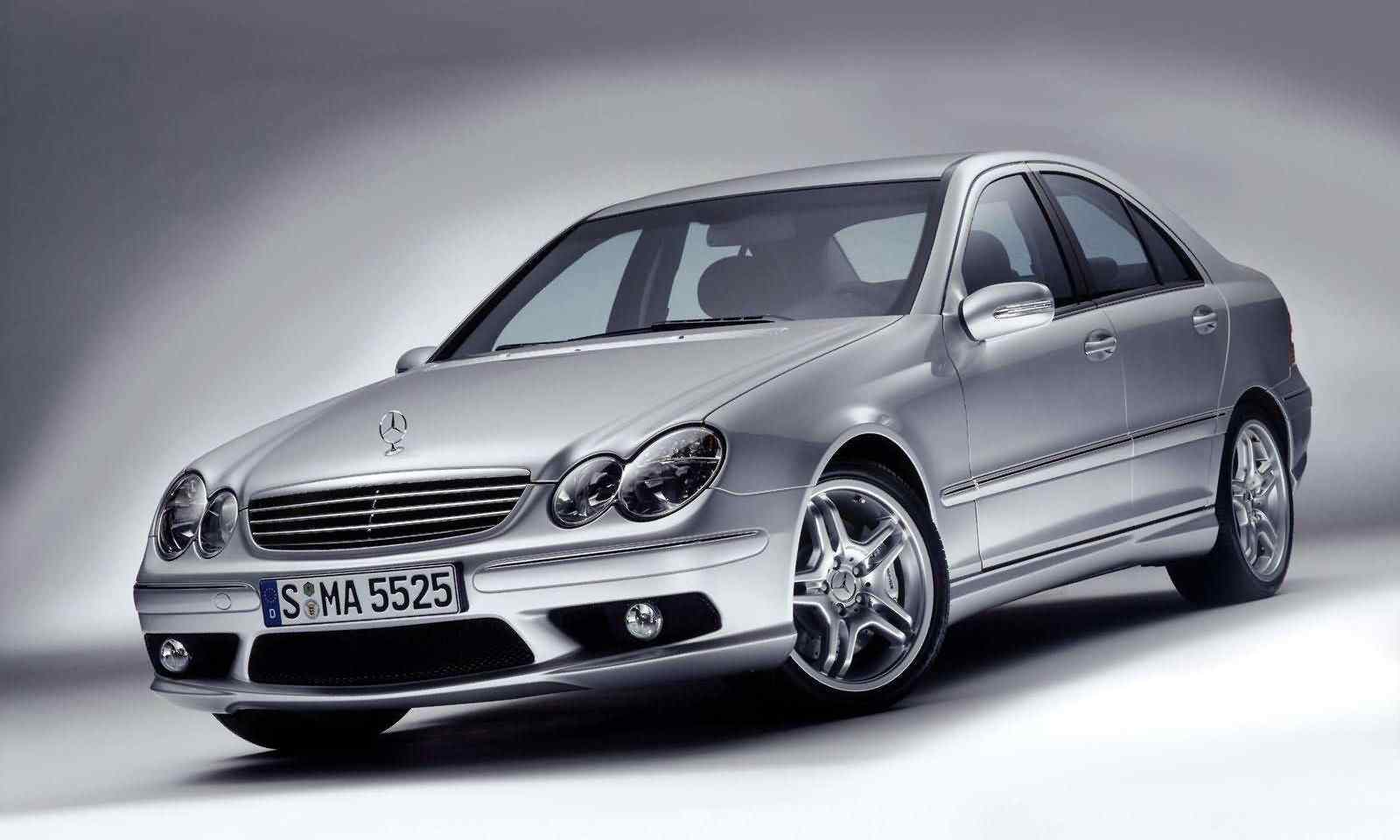
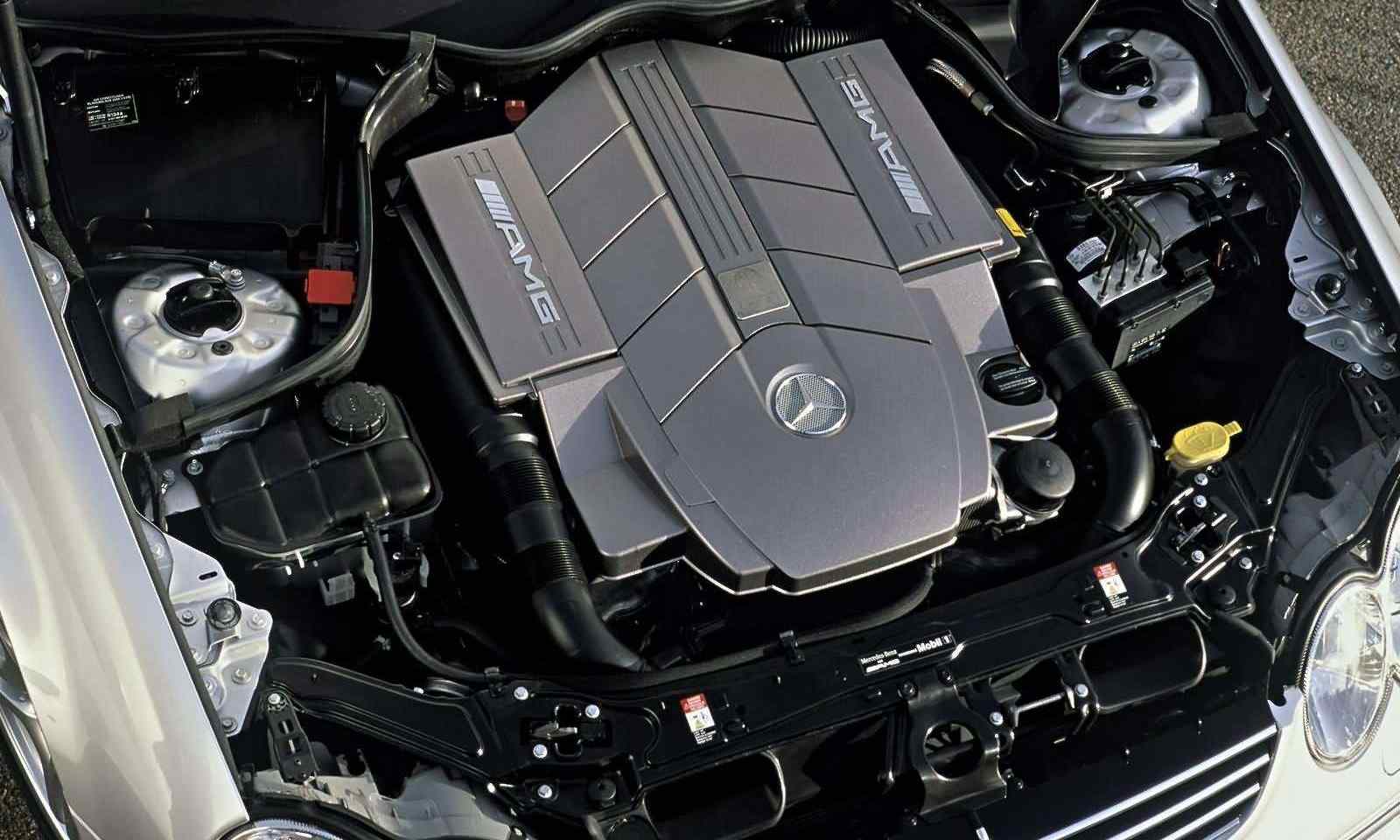
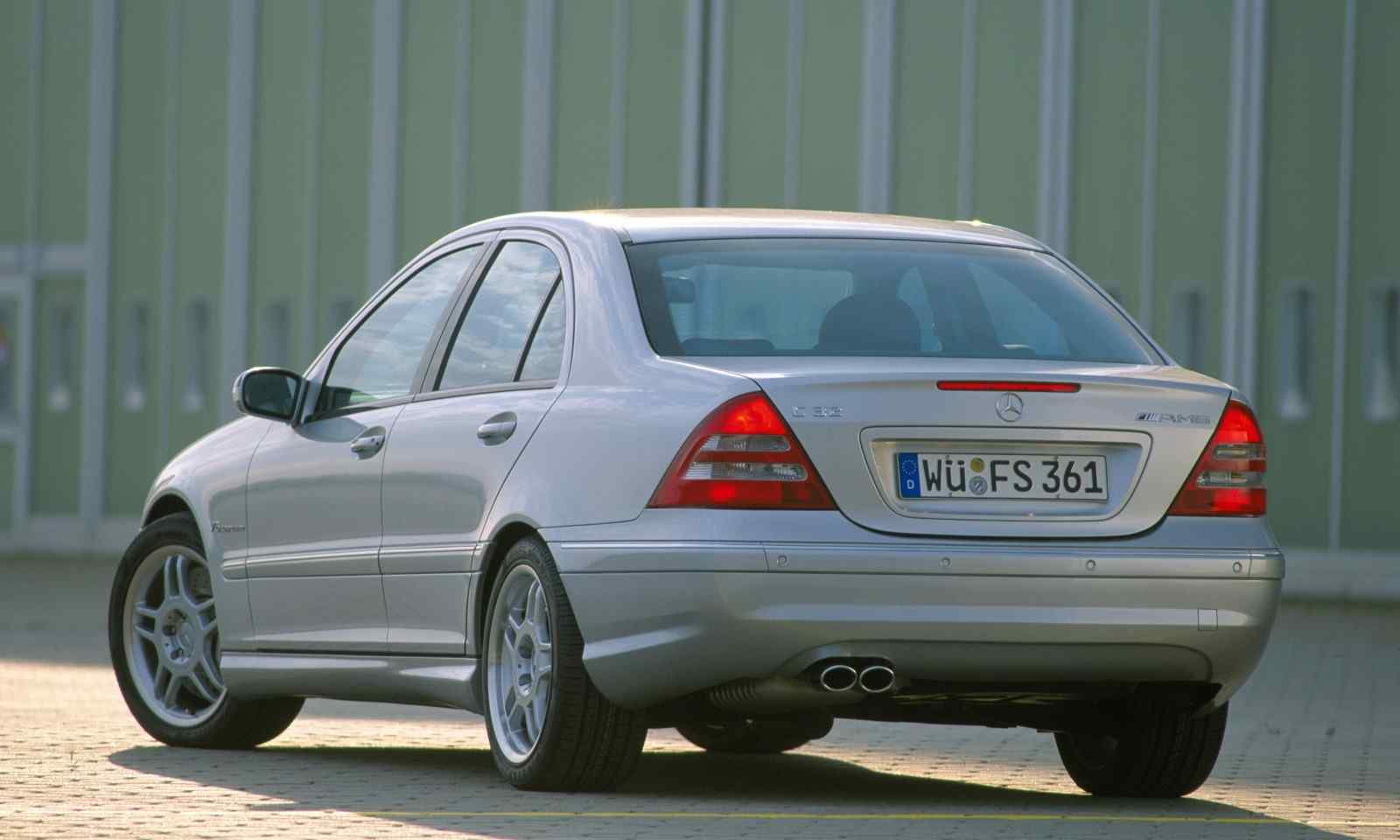
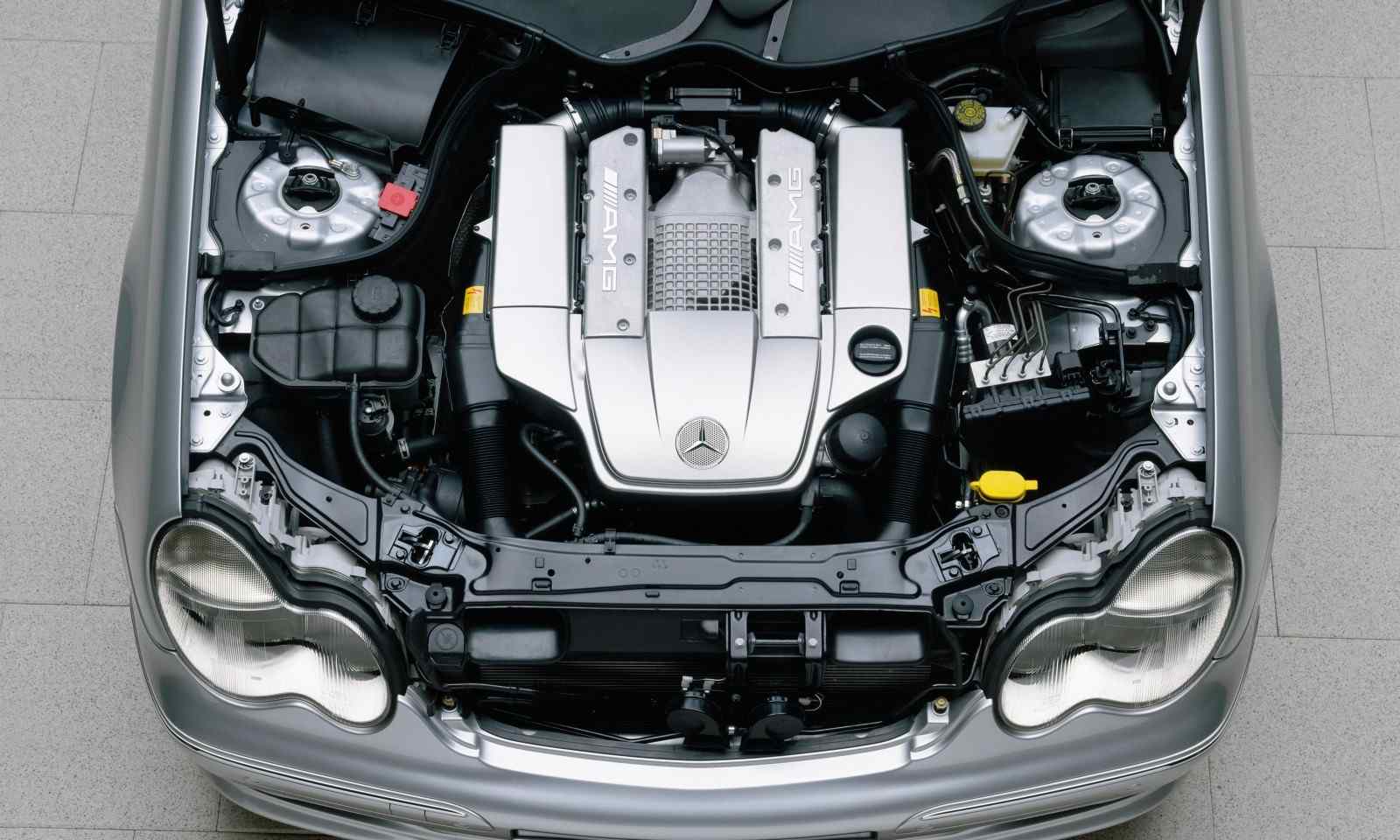

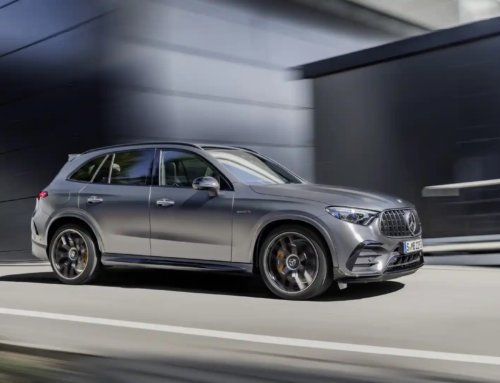
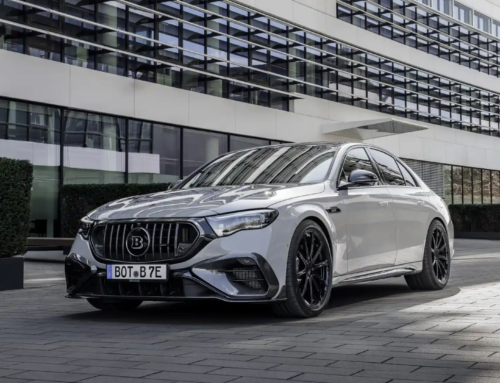

Leave A Comment